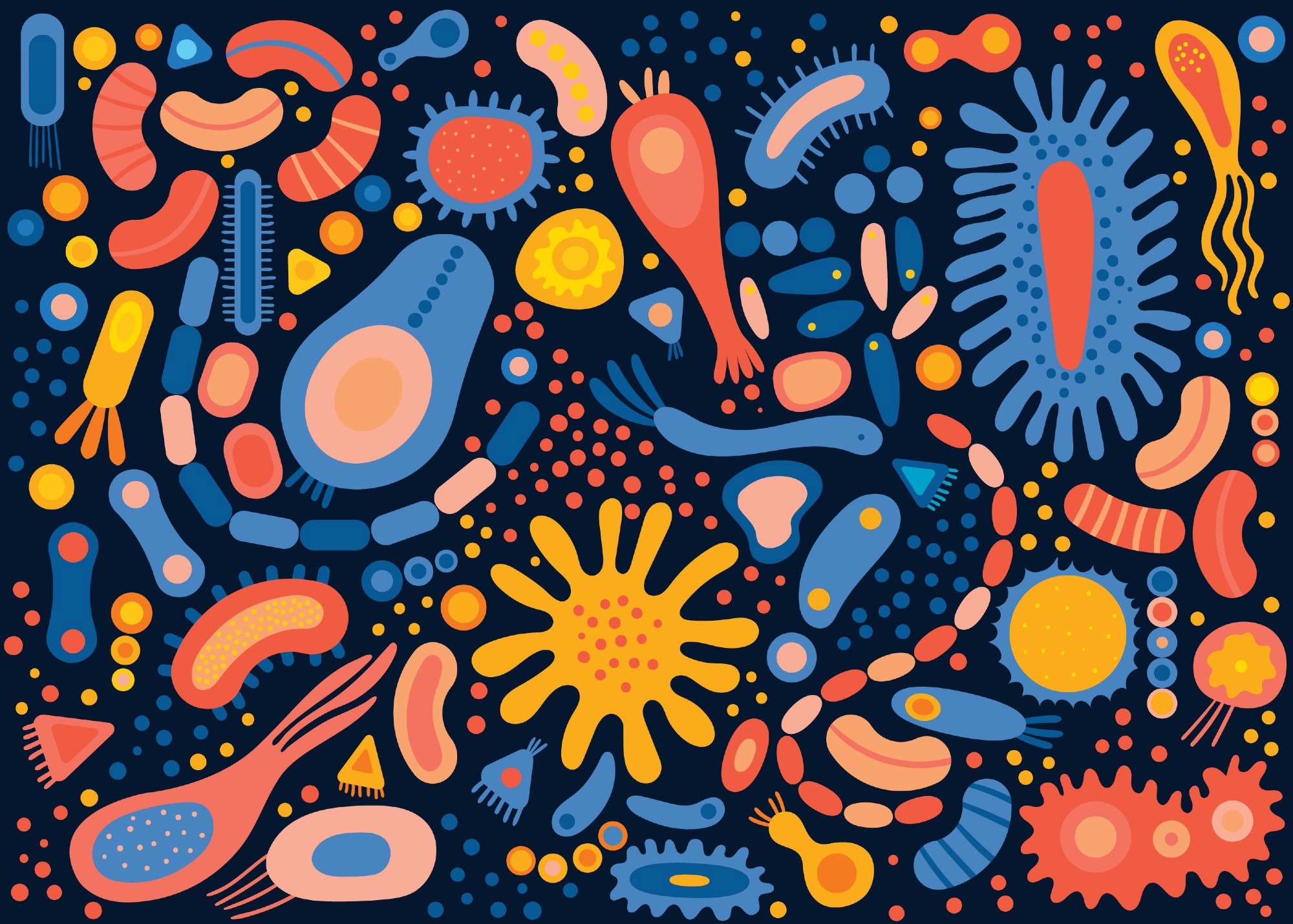In a recent study published in the journal EBioMedicine, a team of scientists investigated the association between physical activity levels and gut microbiota using accelerometer-based assessments of sedentary, moderate, and vigorous physical activity levels.
 Study: Accelerometer-based physical activity is associated with the gut microbiota in 8416 individuals in SCAPIS. Image Credit: Zhanna Mendel / Shutterstock
Study: Accelerometer-based physical activity is associated with the gut microbiota in 8416 individuals in SCAPIS. Image Credit: Zhanna Mendel / Shutterstock
Background
A growing body of evidence shows that optimal levels of physical activity lower the risk of type 2 diabetes, cardiovascular disease, and mental health conditions such as depression. Furthermore, sedentary habits involving activities that include extensive periods of sitting or lying down have been known to increase the risk of cardiovascular mortality and type 2 diabetes, and these risks can be lowered through high-intensity exercise. Recent studies have also shown that the positive effects of exercise on health might be mediated through gut microbiome changes.
Substantial research also indicates that the gut microbiome plays a significant role in developing various diseases and mental health problems. Apart from the interactions with the host in the gastrointestinal tract, the gut microbiota is also thought to produce neurotransmitters that can influence the immune system, central nervous system, and brain homeostasis through various neuronal pathways and the microbiota-gut-brain axis. Physical activity and resulting changes in circulation, enterohepatic movement of bile acids, intestinal permeability, and gut immunity can influence the gut microbiota.
About the study
In the present study, the researchers used data from a cardiopulmonary bioimage study from Sweden to determine if sedentary, moderate, and vigorous levels of physical activity were associated with gut microbiome changes. While quite a few previous studies have examined this association, most of them have used self-reported levels of physical activity, which is subject to bias. Furthermore, the authors believe that the taxonomic resolution of the gut microbes had been limited in these studies.
This study used data from a hip-worn accelerometer to obtain a more reliable and accurate measure of physical activity levels. Additionally, the use of deep shotgun metagenomics was thought to provide high-resolution taxonomic information about the gut microbial communities.
The participants in the study were required to answer a detailed questionnaire about health and medical history, diet, and lifestyle habits. They underwent a series of physical and clinical examinations such as lungs, coronary artery, and abdominal computed tomography (CT). Participants also provided fecal samples that were used for the gut microbiome analysis. An accelerometer was worn on the hip by all the participants for one week, at all hours except while involved in water-based activities or sleeping.
The data from the accelerometer was converted to counts per minute, which was then used to define sedentary, low, moderate, and vigorous levels of physical activity according to cut-offs validated from previous studies. Deoxyribonucleic acid (DNA) extraction was carried out for all the fecal samples, and the extracted DNA was then used to identify the metagenomic species.
Various indices of species diversity, such as the inverse Simpson index, Shannon diversity index, and species richness, were calculated to determine the alpha diversity. Additionally, the dissimilarity in the microbe composition between the samples was determined by calculating the beta diversity.
Results
The results showed that the association between sedentary habits or very low levels of physical activity and the abundance of various gut microbe species was converse to the association between moderate or vigorous physical activity levels and the abundance of gut microbiome species.
The abundance of Escherichia coli was found to be high in association with sedentary physical activity levels, while moderate physical activity levels were linked to a lower abundance of E. coli. The abundance of butyrate-producing bacteria such as those belonging to the Roseburia genus, and Faecalibacterium prausnitzii was high in individuals with moderate and vigorous physical activity levels.
Furthermore, differences were also observed in the abundance of species, such as Prevotella copri, between individuals with moderate physical activity levels and those in the vigorous physical activity group. The abundance of P. copri was higher in association with moderate levels of exercise, but vigorous exercise showed no association with P. copri abundance.
The functional potential of the gut microbiome was also found to differ in association with differing physical activity levels. Moderate levels of physical activity were found to be associated with higher acetate and butyrate synthesis. Vigorous exercise was found to be linked to higher propionate synthesis, and sedentary activity levels were associated with a lower capacity for carbohydrate degradation by the gut microbiota.
Conclusions
Overall, the findings suggested that physical activity levels were strongly linked to the abundance of specific gut microbes. Furthermore, the diversity and abundance of the gut microbiota, and subsequently its functional potential, changed according to different levels of physical activity. Sedentary habits and higher levels of physical activity exhibited converse associations with gut microbiome abundance and diversity.
Journal reference:
- Baldanzi, G., Sayols-Baixeras, S., Ekblom-Bak, E., Ekblom, Ö., Dekkers, K. F., Hammar, U., Nguyen, D., Ahmad, S., Ericson, U., Arvidsson, D., Börjesson, M., Johanson, P. J., Gustav, S. J., Bergström, G., Lind, L., Engström, G., Ärnlöv, J., Kennedy, B., Orho-Melander, M., & Fall, T. (2024). Accelerometer-based physical activity is associated with the gut microbiota in 8416 individuals in SCAPIS. EBioMedicine, 100. DOI: 10.1016/j.ebiom.2024.104989, https://www.thelancet.com/journals/ebiom/article/PIIS2352-3964(24)00024-0/fulltext